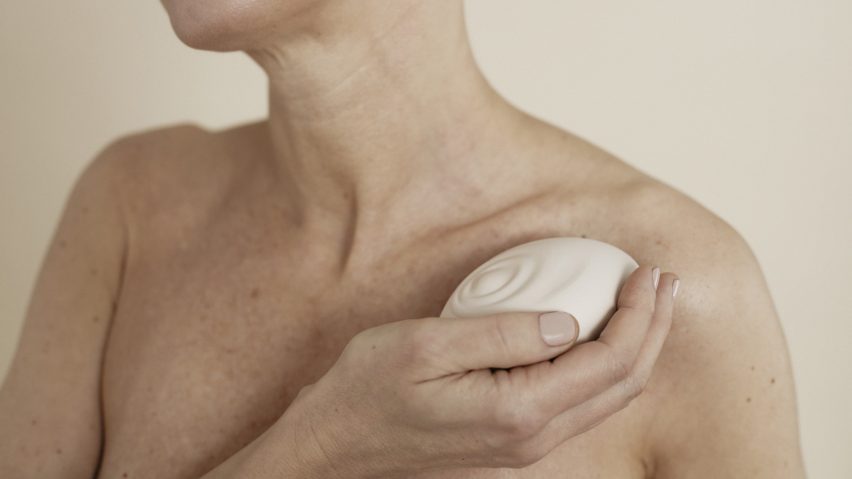
Tides creates massager for women going through menopause
Designers Salomé Bazin and Giulia Tomasello have tried to break down taboos with Tides, a sex toy created especially for women in midlife and older.
The Tides massager was designed to empower women to keep exploring their sexuality in midlife, a time when social messaging typically tells them they should no longer be sexual, the designers said.
It is also a time when many women experience hormonal changes that can affect their libido and sensation, which Bazin and Tomasello decided could be addressed through a specialised erotic toy.
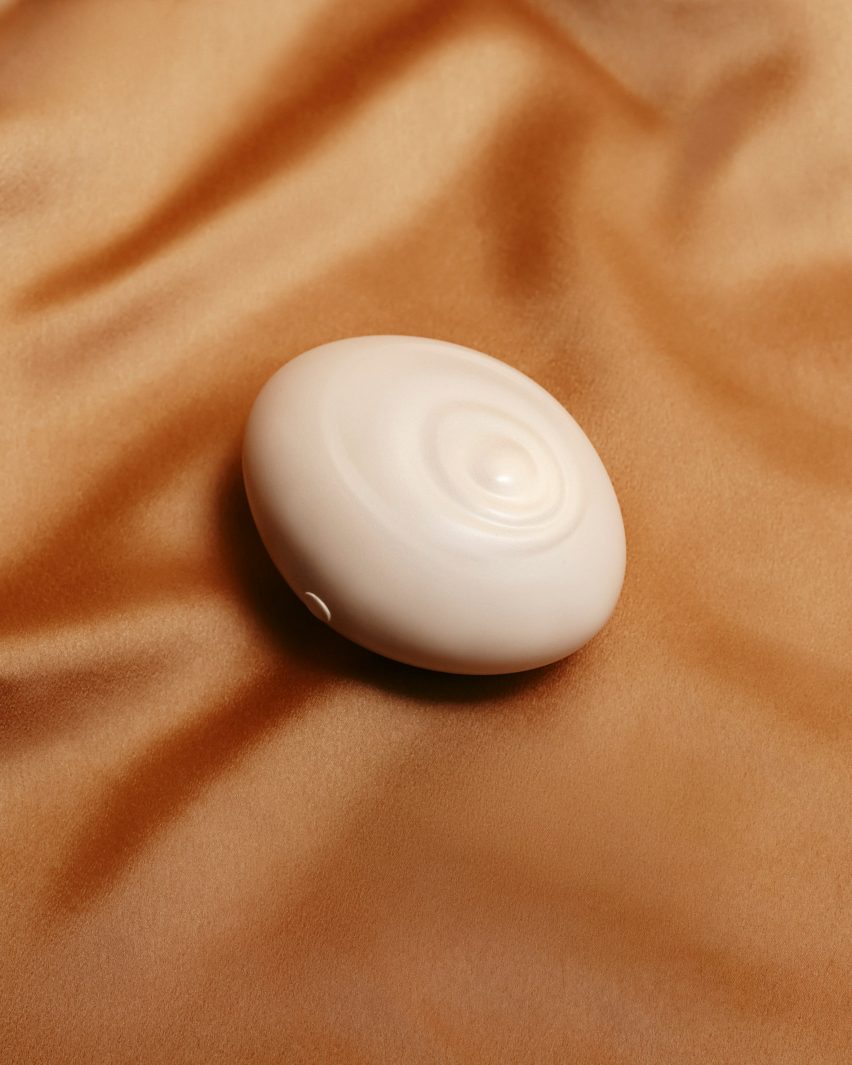
"The second part of life brings many challenges to women's intimacy," Bazin told Dezeen. "From menopausal symptoms to loss of libido, this affects wellbeing for 12.5 per cent of the population."
"Tides is breaking the taboo on sexual pleasure and health in the second part of life, providing a safe space for pleasure without pressure."
The designers surveyed more than 300 women on their experiences in menopause in the course of devising the product, partnering with the organisation Noon to reach a wide community. They also conducted workshops and interviews.
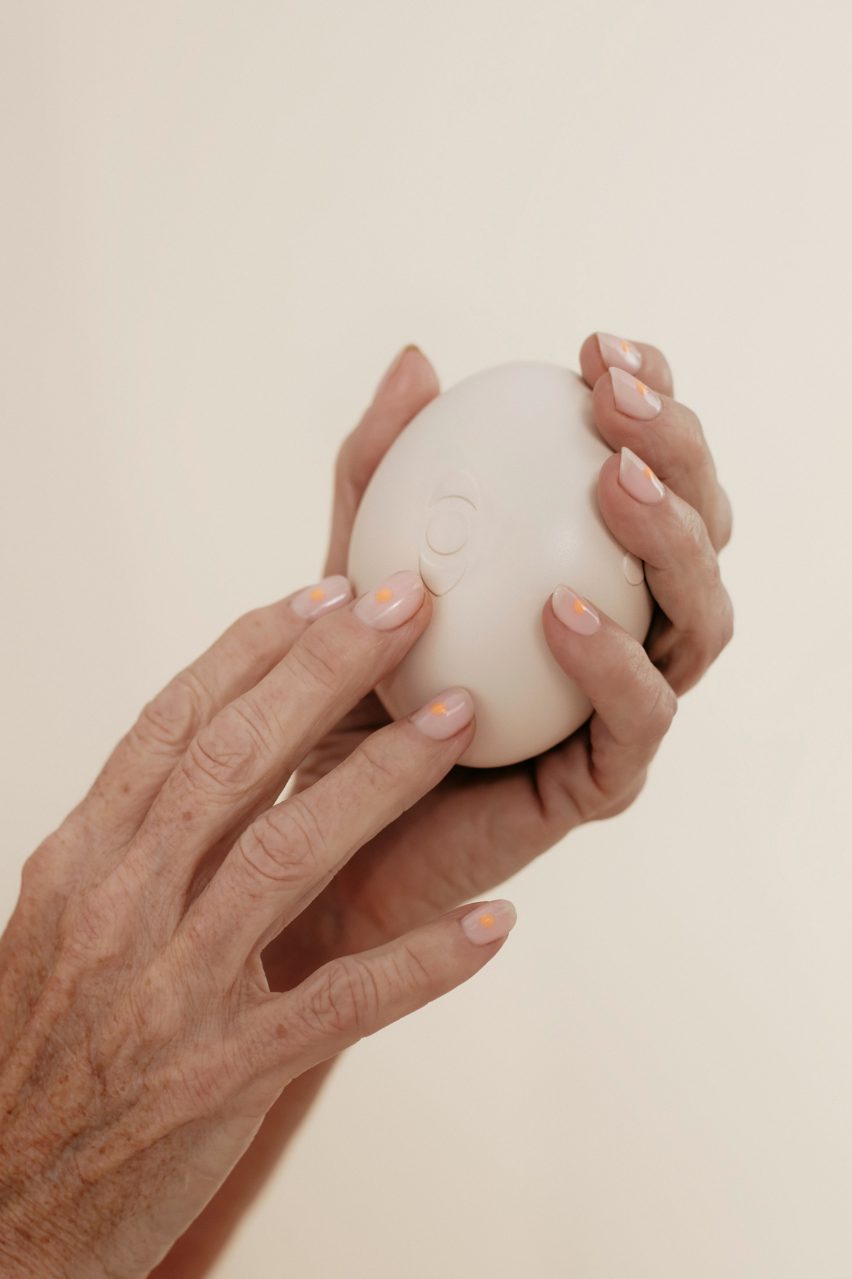
Based on their findings, they designed Tides to have an elegant shape that can be applied all over the body to increase pleasure and awareness.
The nodule on the front — made to look like ripples swelling out from a droplet landing on water — is the vibration area, and according to Bazin and Tomasello, it can be used on both large muscles as well as sensitive areas.
The product links sexuality and wellness, with the designers suggesting users adopt vibration as part of regular health and self-care routines that might also include breathwork, skincare or mindfulness.
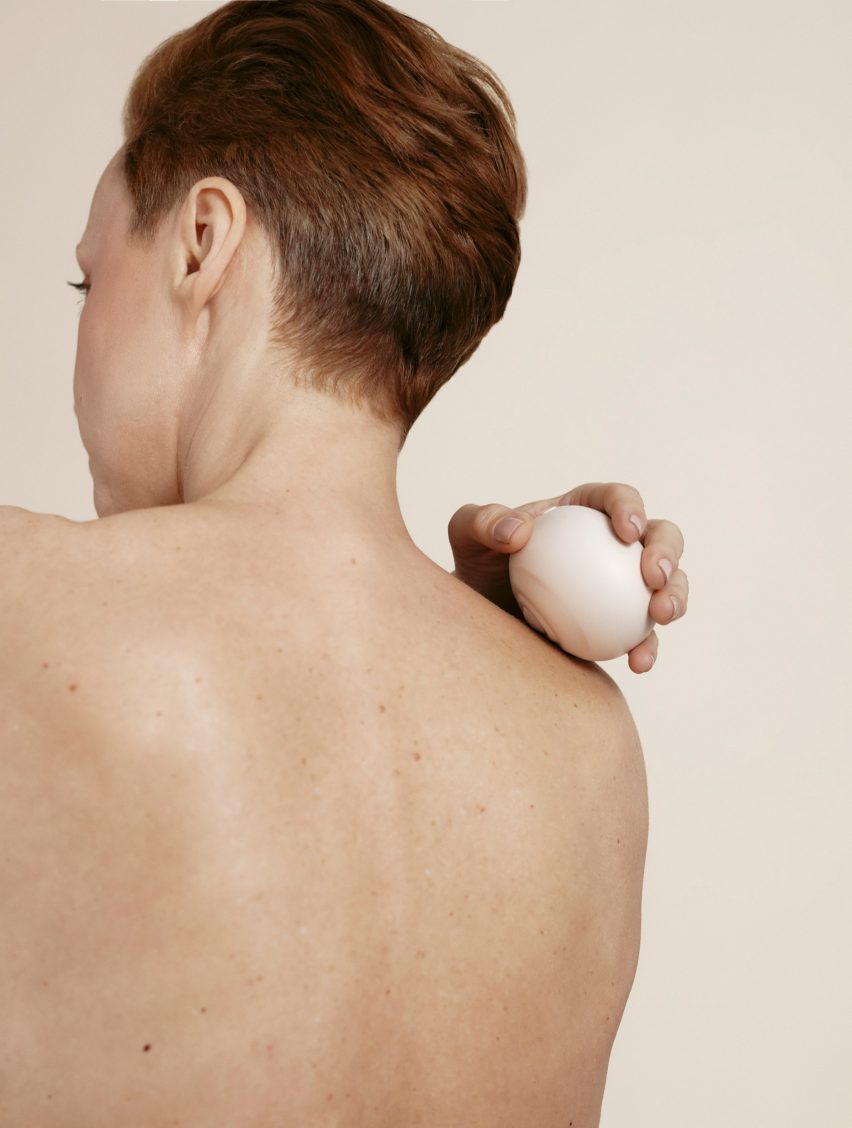
They suggest the massager, made of medical-grade silicone, can be used to help with circulation or to give acupressure massages that help to resolve aches and pains or reduce insomnia.
When it comes to using Tides to reach climax, the device offers a high degree of intensity to cater to people who may have experienced numbness and desensitisation of the vulva in midlife.
The intensity and style of vibration can be easily controlled through buttons on the back and side of the toy.
"Tides is a novel approach on health, taking pleasure as a starting point for longevity and overall health in the second part of life," said Bazin.
Tides marks the first time Bazin and Tomasello have worked together, combining what Bazin describes as their "very compatible knowledge on health and female taboo".
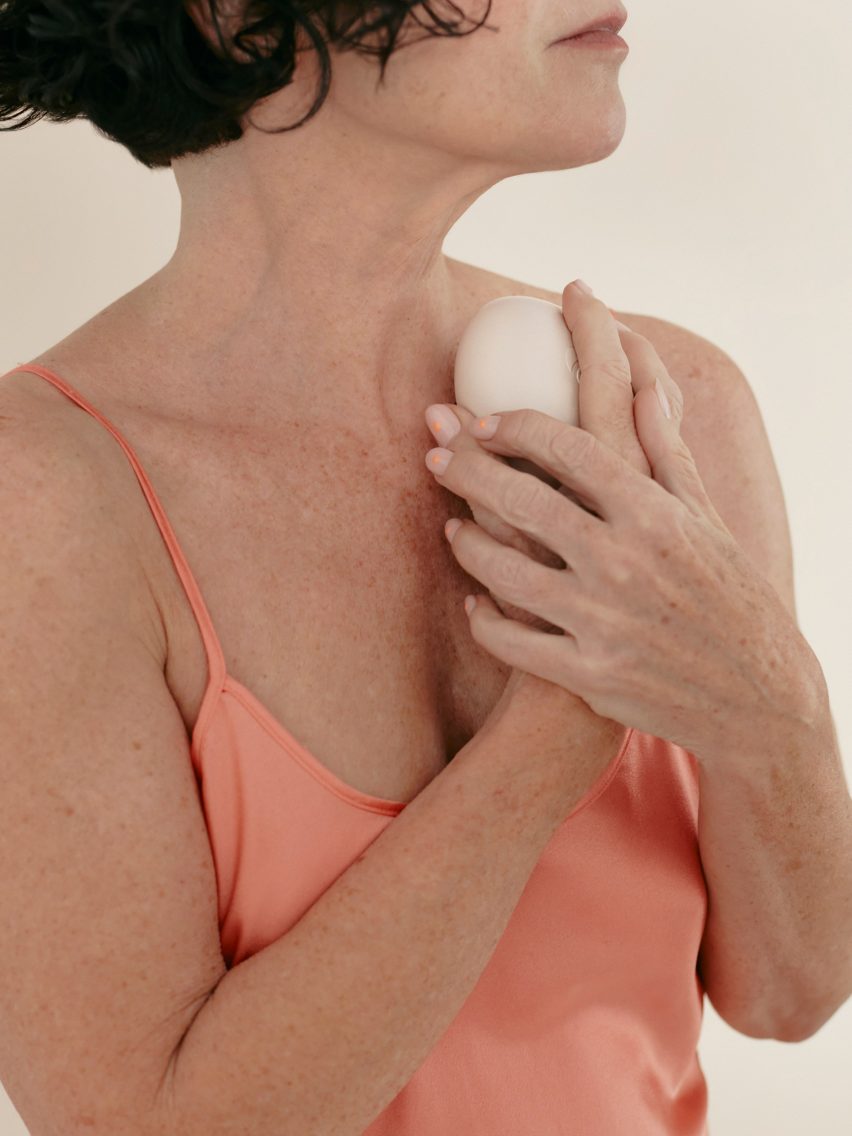
As a Central Saint Martins student, Tomasello designed Future Flora, a jelly-filled pad that people could use to nurture their vaginal bacteria and fight yeast infections.
Bazin is the founder of design studio Cellule, which focuses on health and technology through projects such as Echoes, an app that lets users connect to the sound and rhythm of their heartbeat.
The pair were initially brought together to develop a sex toy collection for a client, but when the client cancelled the project, Bazin and Tomasello continued to collaborate.
Another designer to have developed erotic toys for an older audience is Dmytro Nikiforchuk, who created a kit including a tickling thimble and an ear trumpet for listening to a lover's heartbeat as his final project at the Pedagogical University of Krakow
Photography by Eeva Rinne.